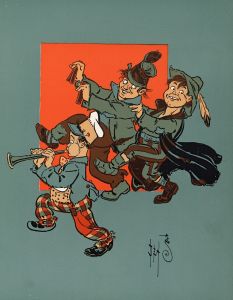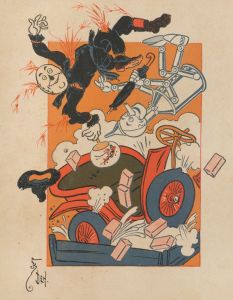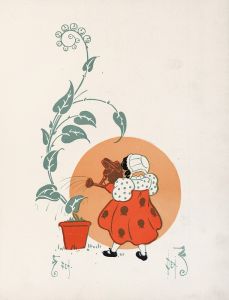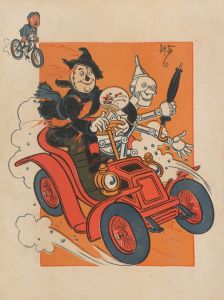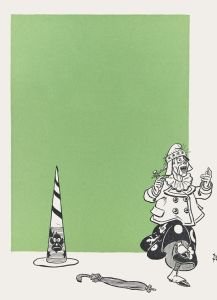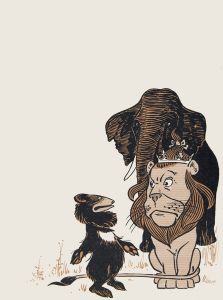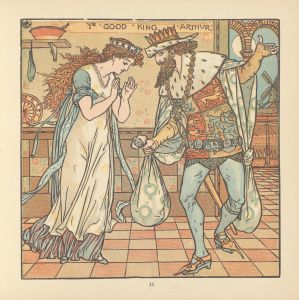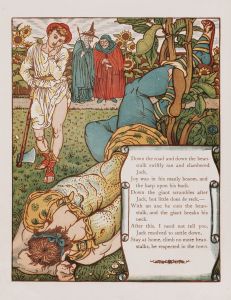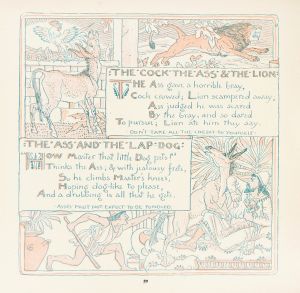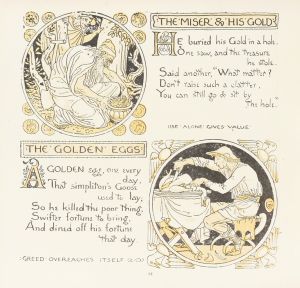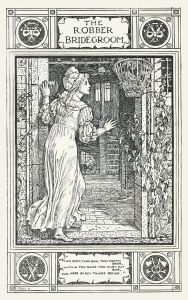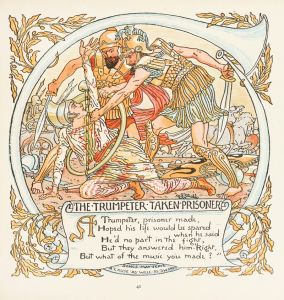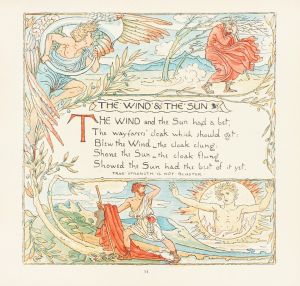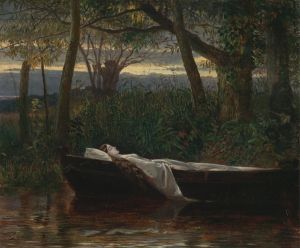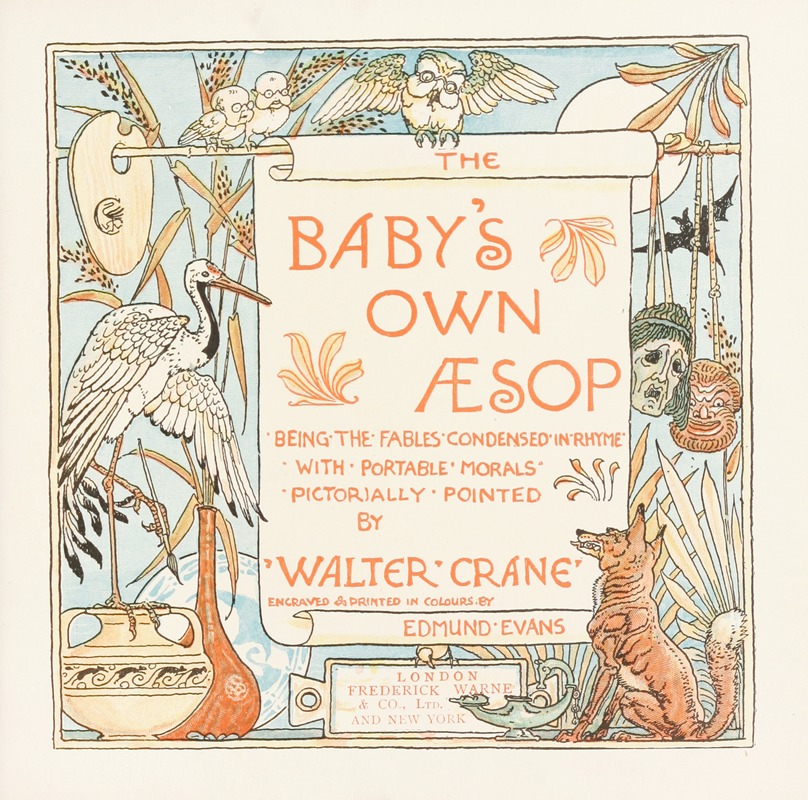
Baby’s own Aesop
A hand-painted replica of Walter Crane’s masterpiece Baby’s own Aesop, meticulously crafted by professional artists to capture the true essence of the original. Each piece is created with museum-quality canvas and rare mineral pigments, carefully painted by experienced artists with delicate brushstrokes and rich, layered colors to perfectly recreate the texture of the original artwork. Unlike machine-printed reproductions, this hand-painted version brings the painting to life, infused with the artist’s emotions and skill in every stroke. Whether for personal collection or home decoration, it instantly elevates the artistic atmosphere of any space.
Walter Crane was a prominent English artist and book illustrator, known for his contributions to the genre of children's literature in the late 19th and early 20th centuries. One of his notable works is "Baby’s Own Aesop," a collection of Aesop's fables adapted for young readers. This work is a part of Crane's broader efforts to make classic literature accessible and engaging for children through his distinctive artistic style.
"Baby’s Own Aesop" was first published in 1887. The book features a series of Aesop's fables, each accompanied by Crane's illustrations and rhymed couplets that simplify the moral lessons for a younger audience. Crane's approach was to distill the essence of each fable into a concise and memorable format, making it easier for children to understand and remember the stories and their morals.
Walter Crane was a leading figure in the Arts and Crafts Movement, which emphasized the importance of craftsmanship and design in the industrial age. His work in "Baby’s Own Aesop" reflects these principles, with intricate illustrations that combine elements of design, color, and form to create visually appealing and educational content. Crane's illustrations are characterized by their fluid lines, vibrant colors, and harmonious compositions, which capture the imagination of young readers and bring the fables to life.
The fables included in "Baby’s Own Aesop" are drawn from the traditional canon attributed to Aesop, a storyteller believed to have lived in ancient Greece. These stories, such as "The Tortoise and the Hare," "The Fox and the Grapes," and "The Lion and the Mouse," are well-known for their moral lessons, which Crane effectively conveys through his art and verse. Each fable is presented in a way that is both entertaining and instructive, encouraging children to reflect on the values and lessons embedded in the stories.
Crane's work on "Baby’s Own Aesop" is also notable for its educational intent. By combining visual art with literature, Crane sought to foster a love of reading and an appreciation for art in young audiences. His illustrations serve not only as a visual accompaniment to the text but also as a means of enhancing the storytelling experience, making the morals of the fables more accessible and memorable.
"Baby’s Own Aesop" remains a significant example of Walter Crane's contribution to children's literature and illustration. His ability to blend art and storytelling has left a lasting impact on the genre, influencing subsequent generations of illustrators and authors. The book continues to be appreciated for its artistic merit and its role in introducing young readers to the timeless wisdom of Aesop's fables.
In summary, Walter Crane's "Baby’s Own Aesop" is a testament to his skill as an illustrator and his dedication to making classic literature engaging for children. Through his innovative use of art and verse, Crane succeeded in creating a work that is both educational and entertaining, ensuring the enduring popularity of Aesop's fables among young audiences.





